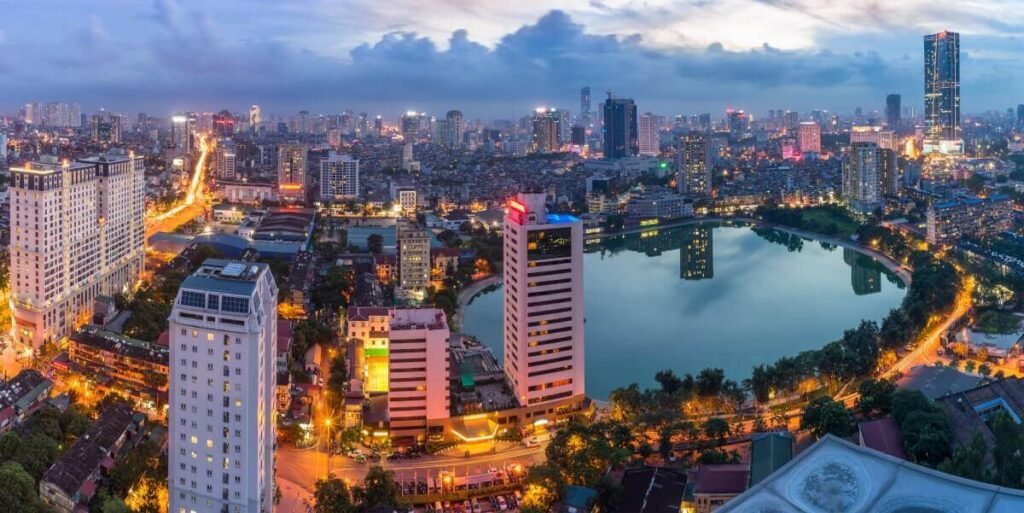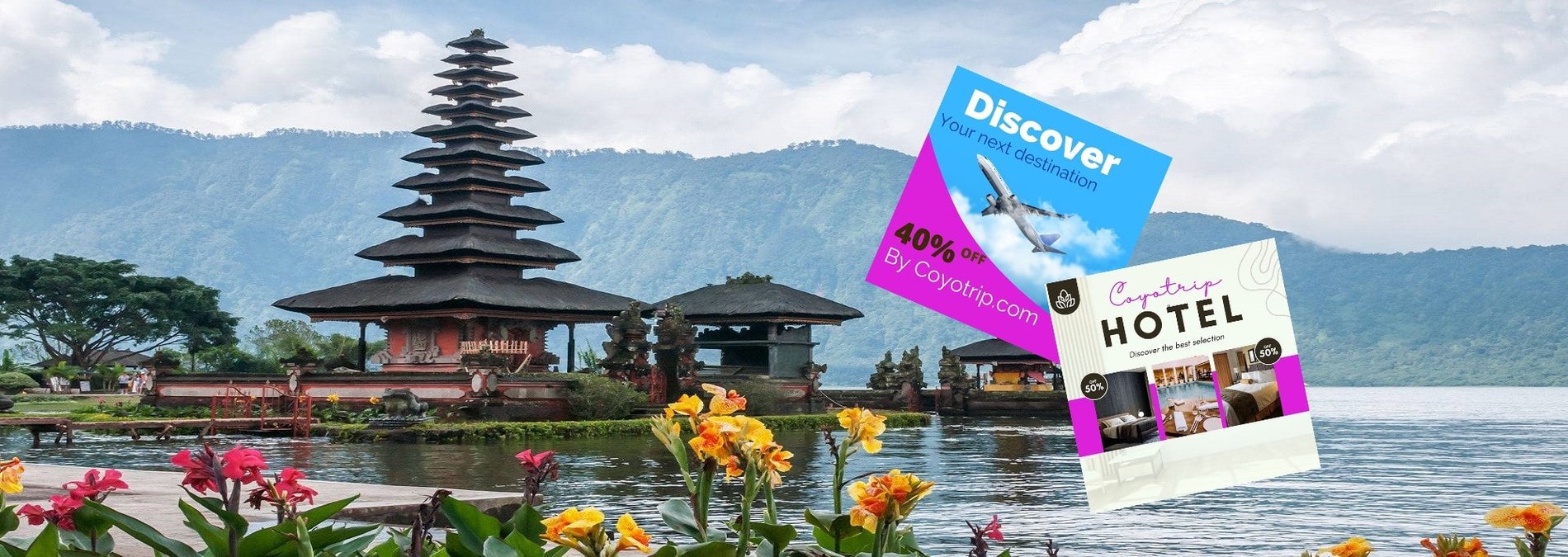Travel to hanoi : Comprehensive guide
travel to hanoi
Travel to Hanoi, the timeless capital of Vietnam, presents a captivating blend of old-world charm and modern dynamism. Known for its centuries-old architecture and a rich culture deeply rooted in Southeast Asian, Chinese, and French influences, Hanoi is a city where history lives on in its bustling streets. As you plan your travel to Hanoi, anticipate a journey through its labyrinthine Old Quarter, serene lakes, and vibrant markets, all pulsating with the daily rhythms of local life. This city is not just a place to visit, but a destination to be experienced, offering a deep dive into the heart of Vietnamese heritage and tradition.
hanoi’s historical and cultural legacy
Travel to Hanoi’s rich tapestry of history and culture is evident in its well-preserved architecture and historic sites. The city’s heart is the Old Quarter, a maze of streets dating back to the 13th century, each named after the goods historically sold there. This area offers a glimpse into traditional Vietnamese life.
The Ho Chi Minh Mausoleum, dedicated to the revolutionary leader, is a site of deep national significance. Nearby, the Temple of Literature, founded in 1070, stands as a testament to Hanoi’s scholarly past.
French colonial influence is visible in the elegant architecture throughout the city, notably in the Opera House and St. Joseph’s Cathedral. These historic and cultural landmarks provide a window into Hanoi’s past, showcasing a city that has gracefully balanced tradition and modernity.
the culinary delights of hanoi
The culinary landscape of Hanoi is a reflection of its cultural richness, offering an array of flavors that are both unique and deeply traditional. Street food is at the heart of Hanoi’s cuisine, with local specialties like Pho, the famous Vietnamese noodle soup, and Bun Cha, grilled pork served over noodles, dominating the culinary scene.
The city’s food markets, such as Dong Xuan, buzz with activity and are ideal for sampling a variety of local dishes. Hanoi also boasts numerous cafes serving traditional Vietnamese coffee, a testament to the city’s French influence.
This vibrant food culture is not just about taste; it’s a journey through Hanoi’s history and a daily ritual for its residents, making it an essential experience for any traveler.
A signature dish from Hanoi is Pho. Pho is a traditional Vietnamese noodle soup that is particularly renowned in Hanoi for its delicate, aromatic broth and flavorful ingredients.
exploring the art and craft scene in hanoi
Hanoi’s art and craft scene is a vibrant display of Vietnam’s rich cultural heritage. The city is renowned for its traditional handicrafts, such as silk weaving, which can be observed in the famous Van Phuc Silk Village. Here, visitors can see the intricate process of silk production and purchase high-quality fabric and garments.
The city is also famous for its unique water puppetry, an art form originating from the Red River Delta region. Traditional performances can be witnessed at the Thang Long Water Puppet Theatre, offering insights into local legends and Vietnamese folklore.
Art galleries in Hanoi, like the Vietnam Fine Arts Museum and numerous smaller galleries, showcase the country’s art evolution, from ancient times to contemporary periods. This thriving art scene not only adds to Hanoi’s charm but also preserves and promotes Vietnamese artistic traditions.
5 must to do in Hanoi :
Hanoi, Vietnam’s charming capital, is known for its rich history, vibrant street life, and cultural landmarks. Here are five must-do activities when visiting Hanoi:
- Explore the Old Quarter:
- The Old Quarter is a bustling area of narrow streets and alleys filled with historic architecture, traditional shops, and street food vendors. Wander through the 36 streets, each historically dedicated to a specific trade or craft, and experience the lively atmosphere and local culture.
- Visit Hoan Kiem Lake and Ngoc Son Temple:
- Hoan Kiem Lake is a central and picturesque spot in Hanoi, perfect for a leisurely stroll or relaxation. Visit the Ngoc Son Temple, located on an island in the lake, which is dedicated to Confucius and various Vietnamese historical figures. The picturesque bridge and the temple’s serene setting make it a popular spot for visitors.
- Tour the Ho Chi Minh Mausoleum Complex:
- The Ho Chi Minh Mausoleum is a significant historical site where the embalmed body of Vietnam’s revolutionary leader, Ho Chi Minh, is preserved. The complex also includes the Presidential Palace, Ho Chi Minh’s Stilt House, and the Ho Chi Minh Museum, offering insights into his life and Vietnam’s history.
- Explore the Temple of Literature:
- The Temple of Literature (Văn Miếu) is Vietnam’s first university and a well-preserved example of traditional Vietnamese architecture. It was founded in 1070 and is dedicated to Confucius. The temple complex includes beautiful courtyards, pavilions, and stone steles that honor scholars and students.
- Experience Hanoi’s Street Food:
- Hanoi is renowned for its vibrant street food scene. Sample local favorites such as Pho (Vietnamese noodle soup), Bun Cha (grilled pork with noodles), Cha Ca (fish with turmeric and dill), and Egg Coffee (a unique coffee drink made with whipped egg yolk and condensed milk). Street food tours are available and provide a great way to discover the city’s culinary delights.
These activities offer a blend of cultural immersion, historical exploration, and culinary experiences, providing a well-rounded introduction to Hanoi.
the green spaces and lakes of hanoi
Hanoi is interspersed with serene green spaces and tranquil lakes, offering a respite from the bustling city life. Hoan Kiem Lake, located in the city center, is a focal point of local life where people gather for morning exercises, leisurely strolls, and cultural events. The lake, with the Ngoc Son Temple sitting on a small island connected by an ornate bridge, is steeped in legend and is a symbol of Hanoi’s spiritual life.
West Lake, the largest in the city, is another popular spot, surrounded by gardens, temples, and a variety of restaurants and cafes. It’s a favorite destination for locals and tourists seeking relaxation and a glimpse of Hanoi’s lifestyle close to nature. These green spaces not only provide aesthetic beauty but also play a crucial role in the social and cultural fabric of Hanoi.
travel tips and practical information for hanoi
Travel to Hanoi, it’s essential to consider a few practical tips to enhance your experience. Firstly, the city’s climate is characterized by a hot wet season and a cool dry season, so pack accordingly. For getting around, taxis and ride-sharing apps are convenient, but exploring the Old Quarter on foot offers a more intimate experience of the city. English is widely spoken in tourist areas, making navigation easier for international visitors. It’s also advisable to carry cash in local currency (Vietnamese Dong) for small purchases, as card payments may not always be accepted, especially in local markets. Lastly, showing respect for local customs, particularly at religious sites, will ensure a respectful and enriching visit.oyable.
travel to hanoi summary
Travel to Hanoi, visiting Hanoi offers an unforgettable experience, blending rich history with vibrant culture. Wandering through the Old Quarter’s bustling streets, one is immersed in a sensory tapestry of tantalizing aromas, vivid colors, and the gentle hum of daily life. The city’s historical landmarks, like the Hoan Kiem Lake and Temple of Literature, stand as proud reminders of Vietnam’s past. Meanwhile, Hanoi’s diverse culinary scene, from street food to sophisticated cuisine, provides a delightful exploration of flavors. This city is not just a destination; it’s a journey through the heart of Vietnamese heritage and contemporary vitality.














